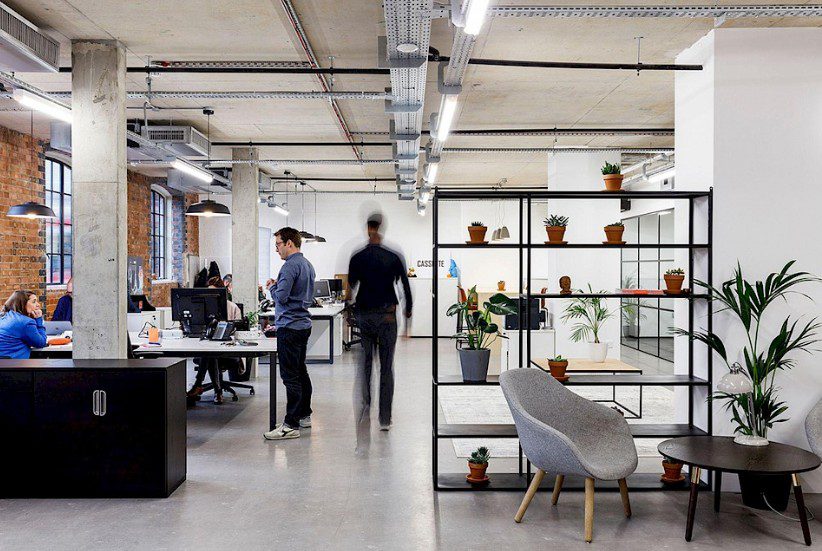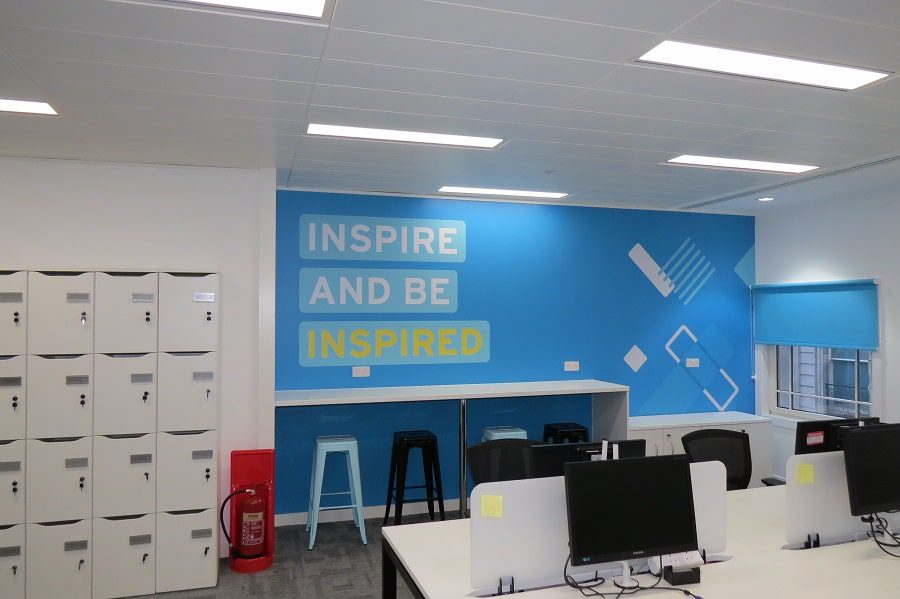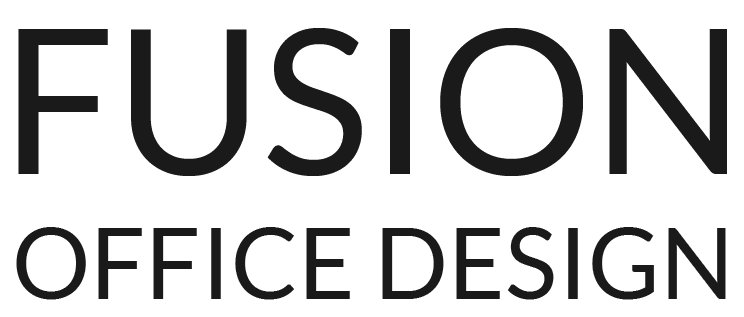Office Design Tips
Are you thinking about an office redesign? Then let our professionals open the door to some of the best office design ideas and office interior design tips that are sure to help you to make the most of your working space. Whether it be for a home office or the office at work, we want to share some office design tricks to help you to take full advantage of your space, environment, and most importantly your budget. So, come and discover some of the top tricks for a well-kept office and what’s required to get the right office for you and your business.
Having offered our office furniture for many years now, we’re highly confident in saying that we have a solution to meet the requirements of all our clients. No matter how small or large your business may be, we have the answer for your office design. With our professional assistance, we’ll make sure that your office is perfectly kitted out and designed exactly how you need it to be. From oak furniture to office interior, our team of specialists want to ensure that your office is completely suited to you.

Tips for a Well Kept Office
When it comes to designing your office, there are many tricks and tips to look out for. In our experience, we have worked with numerous customers who have been interested in fitting out their office with a new design and décor. This has allowed us to use our creativity and channel our thoughts into ensuring that the office meets both the brief and requirements from our individual customers. From making the most of your space to storage techniques, we’d like to share with you some tips on office design. That said, here’s our top office design tips…
- File away documents
- Keep your colour scheme simple
- Remove clutter
- Invest in storage
- Encourage employees to keep their desk clean and tidy
- Arrange a cleaning rota for the entire office
- Try to go paperless – it’s environmentally friendly and saves space!
- Maintain the same style and décor throughout the office
These are just a few of the main ways you can maintain a well-kept office. Should you be looking for more information or are interested in investing in our home office services, then be sure to contact our team. By doing so, a member of the Fusion Office Design team will be happy to help. From advice and information to  advising on which home office furniture is best for your requirements, it’s good to know you can trust our team no matter what.
advising on which home office furniture is best for your requirements, it’s good to know you can trust our team no matter what.
Reasons to Have an Office Design
There are a number of reasons to have an office design, from upgrading the furniture to improving the working environment. As specialists in home and office furniture, Fusion Office Design firmly believes that new furniture can make a huge, lasting impact to a room, be it at home or at work. So, regardless of the size of your office or your budget for your furniture, let Fusion Office Design cater to your every need. By choosing our team, we’ll be there to ensure that your new office not only boosts motivation but creates a better working environment for you and your employees.
For Office Interior Designers, Call Fusion Office Design Today
At Fusion Office Design, we have carried out office interior design services for a number of clients. Our team of interior designers will handle all the planning and project management to ensure that your office design runs smoothly and is completed by the agreed deadline date.
From advice and information to free quotes, we’re always just a phone call away and are always happy to discuss how we can help you to achieve your dream office space. So to avoid disappointment contact our team today.

